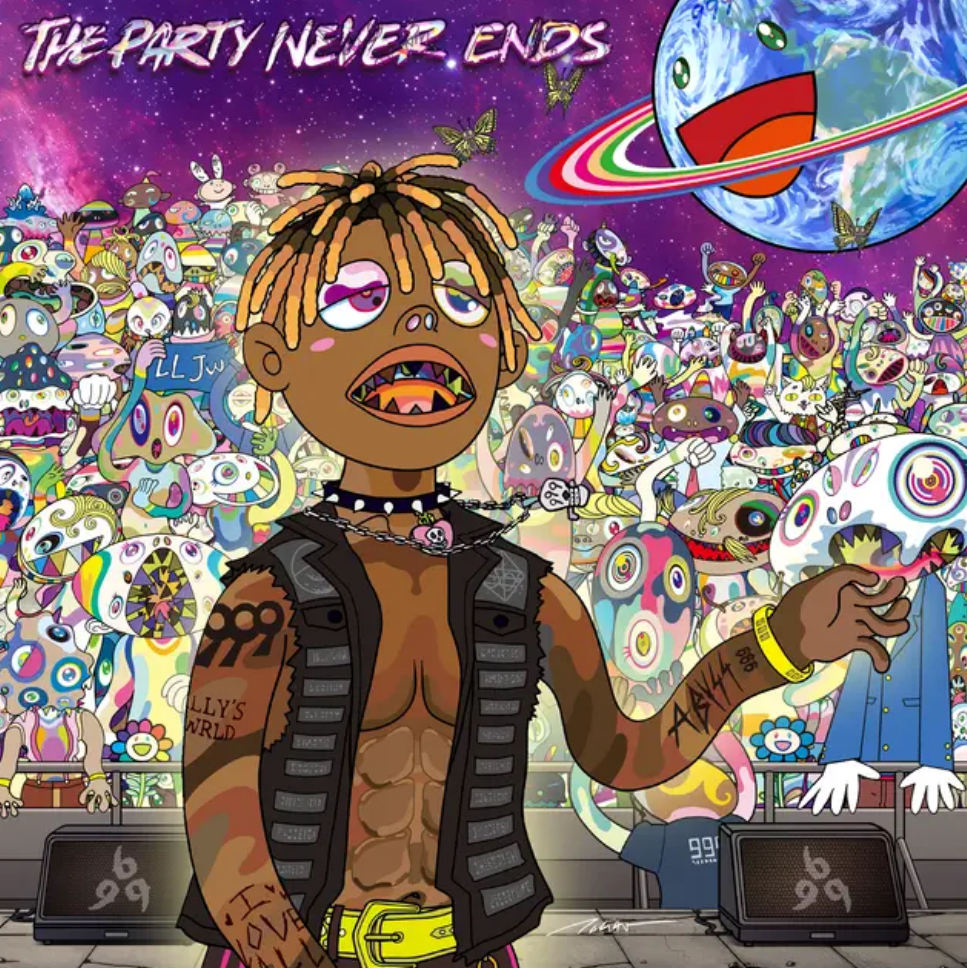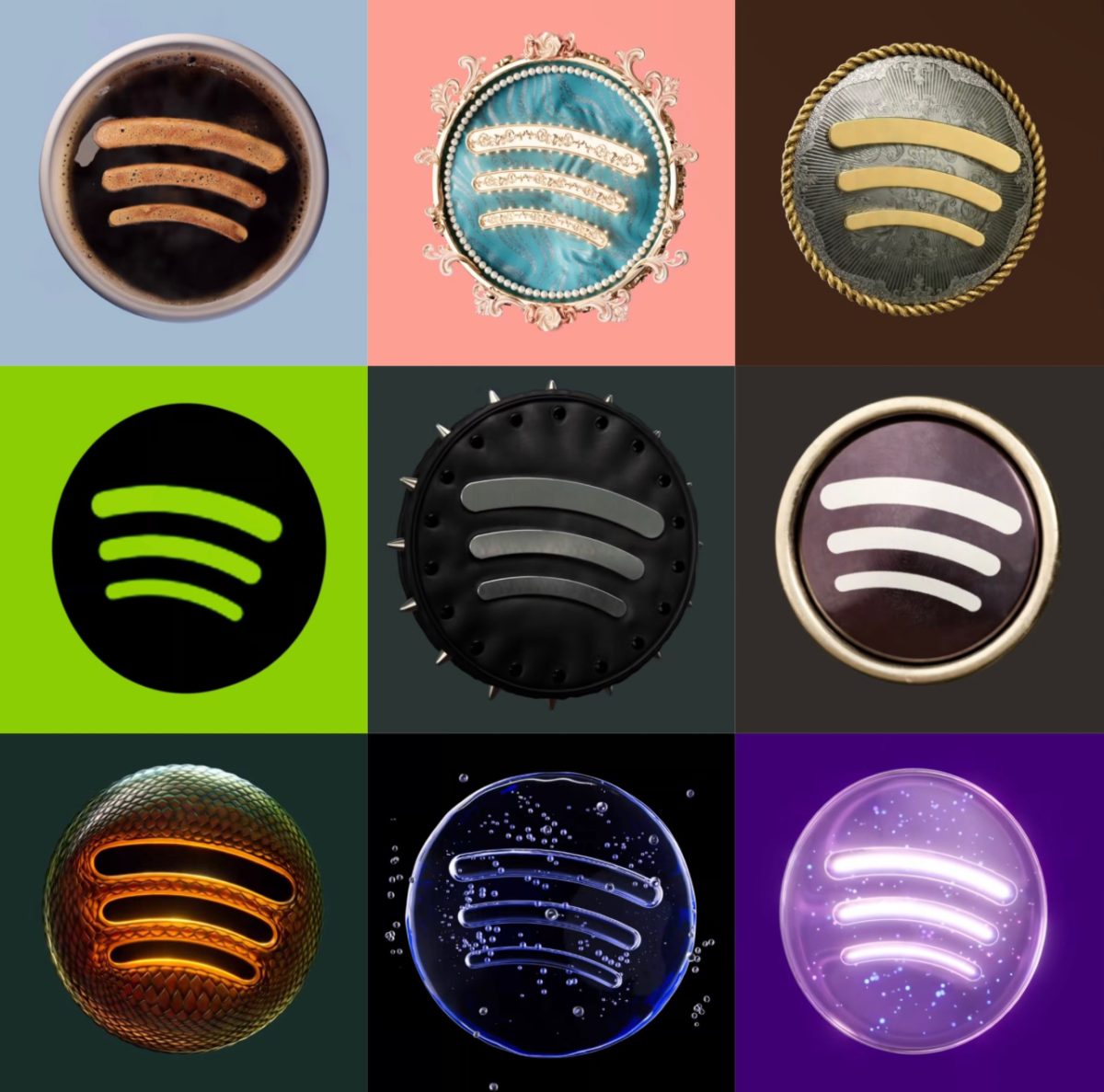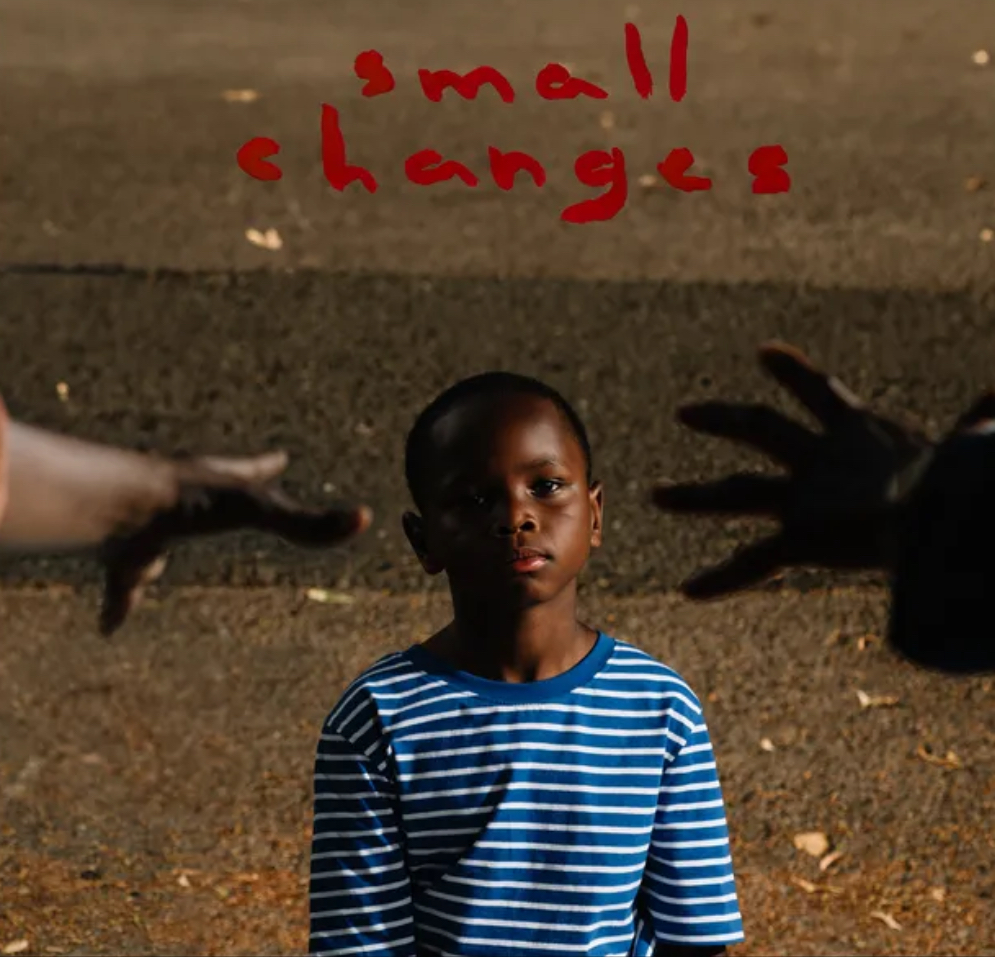Yesterday, as a late birthday present to himself, your columnist purchased an old Technics turntable on eBay for about $80. It’s a direct-drive model from the early ‘80s, fully-automatic, with linear-tracking that grants almost CD-like controllability. According to audiophile websites, the table should yield low rumble, high output clarity, and very little of something called wow & flutter, which basically measures how uniformly the plate spins. In 1981 it sold for $400, which is about $900 adjusted for inflation.
This won’t be my first turntable. A Phillips and a Sony, both very much of the early ‘70s, lie stacked in the corner of the living room, cables tightly wrapped and shut beneath scratched dust covers. Neither work very well; both came from thrift stores. Before those I relied on a former roommate’s brand new Sony automatic, and before that on my parents’ old budget all-in-one tape/record/receiver deck, the kind of shiny plastic crap you might imagine finding on a Sears discount table in Southern California in 1985. Needless to say the search for a quality player with which to spend the best years of my life deserved more, so I went for the Technics.
Did you know that vinyl sales represent the only growth area within physical media sales for music over the past several years? That is, while the CD market proceeded to take a nosedive last decade amid the rise of digital downloads legal and otherwise, the market for vinyl actually expanded. In fact it exponentially expanded, increasing by almost 200 percent between 2007 and 2009, while CDs suffered double-digit declines each of those years. With the widespread prevalence of vinyl-only indie labels, many of which don’t record sales data at all, the numbers might actually be considerably higher. Of course vinyl accounts for an extremely miniscule share of the entire physical media market — only about one-seventh of a percentage point. Still, that 200 percent increase is an incredible figure, and notable enough for national retailer Best Buy to dedicate eight square feet of floor space exclusively to records. Vinyl pressings of brand new releases, once the territory of localized punks and indie rockers, are again being adopted by major label artists for national distribution.
What’s going on? How can a medium rendered obsolete 25 years ago suddenly regain relevance in an era dominated by digital technology and the internet? Two reasons. The first is a pretty straightforward one that quickly pans out into basic economic terms. CDs function solely as vehicles for the distribution of digital music — the song sounds the same whether you’re spinning a disc or accessing a ripped MP3. On the other hand, vinyl offers a sound and experience not available anywhere else or any other way. At a time when CDs provide almost exactly the same service as the digital downloads that are taking over the marketplace, vinyl maintains a strikingly viable niche.
A second reason for the upsurge boils down to the same nostalgia for the past that’s been a pretty constant condition within greater pop cultural tastes from the beginning. Turntables and vinyl records have retro appeal. Spending an evening listening to your favorite Miles Davis record evokes a certain lost sophistication. Sitting cross-legged around the turntable with a pile of 45s and a friend affords long-forgotten charms. Charms that are up to this point only half-gleaned by our generation via echoes suspended in the mass media firmament, but rarely experienced in any direct way. The demystification of a central experience of former youth generations is one potentially meaningful implication of that retro appeal.
Of course, in this case, retro also connotes obscure, that troubled virtue of postmodern cool. There is always a hipster population (separate article parsing this muddled term forthcoming) attracted to a given retro trend’s obscurity-factor like mosquitoes to standing water. The hipster appreciates vinyl not for its historical or formalistic merits, but for the objectified cultural capital its obscurity imparts.
Despite this element, vinyl remains a worthwhile pursuit for a generation reared on instant digital music. Albums you’ve listened to a million times on CD suddenly transform on the record player. The cliché that you haven’t heard an album until you’ve heard it on vinyl is usually true.
To find yourself a good turntable, check around thrift stores, pawn shops or on eBay. There’s more than enough information on the internet to point your search in the right direction. As for getting the records themselves, first start by talking to older family members who might still have a vinyl collection. Again, thrift stores will often carry old records, and America’s Thrift Store on Skyland Boulevard usually has a pretty impressive selection of 45s, especially if you like classic funk and soul. Finally, we’re lucky to have a quality record store in Oz Music. They’re the place to find reissues of classic albums, as well as new vinyl releases with a tilt toward contemporary indie.








